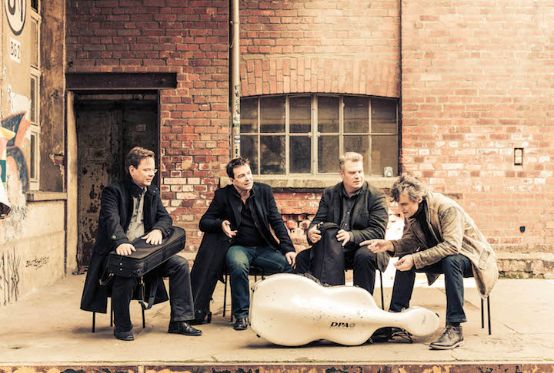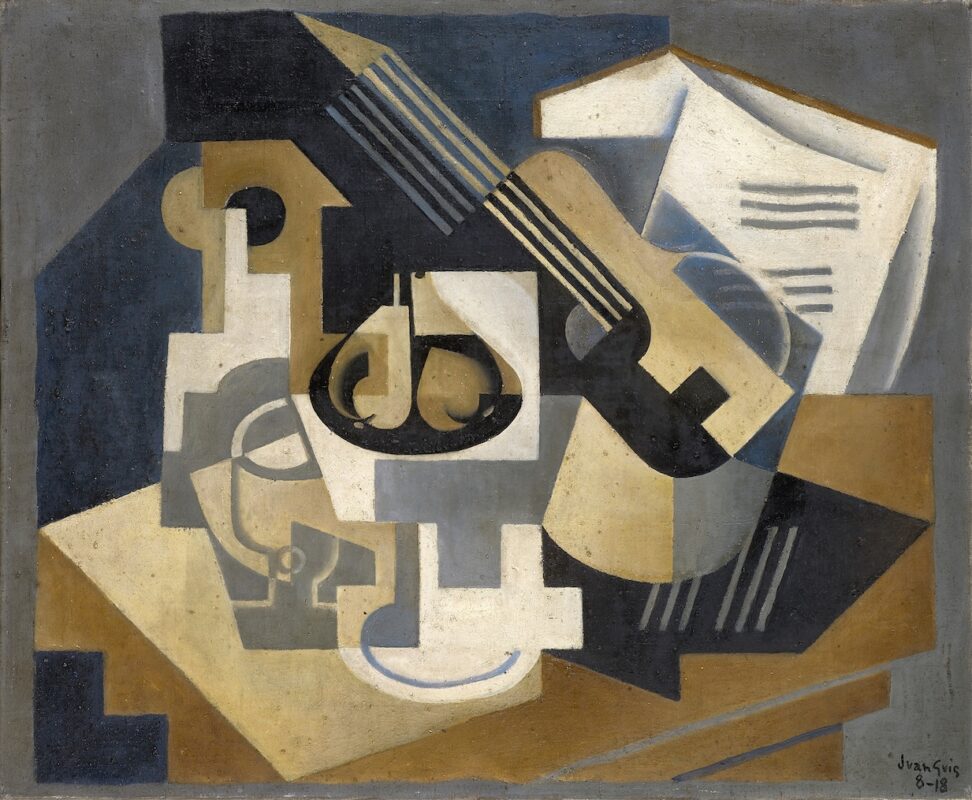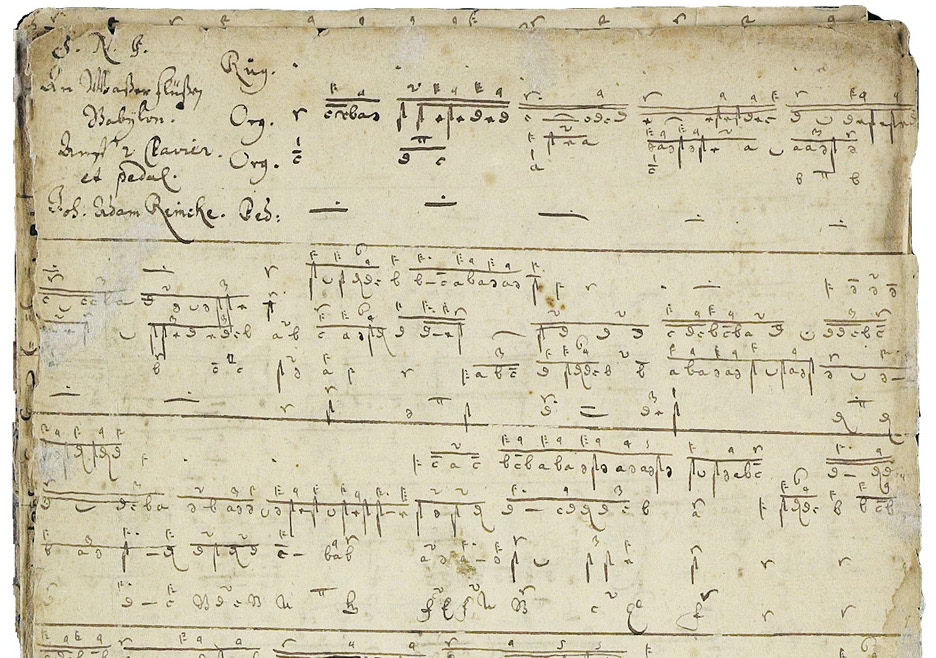"Marriage for four"
In "Eine Welt auf sechzehn Saiten", the Vogler Quartet, which has been in existence for over 30 years, reports on its working and living community.

Inside views from the world of chamber music, especially from the supreme discipline of the string quartet, which still has an aura of the mystical, still seem to attract a great deal of interest. Following the third edition of Sonia Simmenauer's book Does it have to be? - Life in a quartet from 2008 (cf. SMZ 9/2008, P. 35), the Berenberg publishing house is launching a publication that uncovers even deeper layers of this traditional quartet. Perhaps it was already being considered at the time to shed more light on the subject later by means of a selected quartet, as the cover already featured the picture of the Vogler Quartet - a very serious one, in keeping with Beethoven's title.
In the new book, on the front of which the protagonists can smile with satisfaction at what they have achieved in three decades, many themes return, but are presented from a different angle. The author Frank Schneider, former artistic director of the Konzerthaus Berlin, did not see himself as the leading figure in the creation process, but on the contrary developed the concept together with the quartet members, and only after they had asked him to participate. One could therefore say that the book grew interactively in a process similar to that of chamber music.
Although - as the subtitle states - conversations form the basis for the final text, this is not a loose collection of discussed topics with a dynamic that develops of its own accord. The author's meticulously prepared, well thought-out and sensitively pointed questions give the book a stable backbone, a structure that also takes less informed readers by the hand and maintains the reading pleasure through its formal coherence.
The Vogler Quartet is particularly suitable for such an elaborate undertaking in several respects. At home on the world's stages for 30 years with the same line-up, it stands for a German-German success story due to its genesis and the musicians' origins against the backdrop of the exciting last years of the GDR and its collapse in 1989 as well as the reunification of Germany in 1990. At that time, the dual leadership of the string quartets in the GDR was called the Vogler & Petersen Quartet. Regrettably, the latter was disbanded a few years ago after numerous line-up changes. Influenced by Eberhard Feltz, the doyen of old-school quartet teachers alongside Robert Levine, the Vogler Quartet entered the international concert stage with aplomb after winning first prize at the Evian Competition in 1986. As can still be seen on youtube today, the four musicians were a classical band at the time, which outwardly corresponded entirely to the bourgeois GDR look, but as a quartet developed such a seriousness and precision that - devoid of any Western sausage or arrogance - completely surprised their colleagues.
It may be that the members of the Vogler Quartet, who all come from the increasingly endangered genre of musically active and home music-practicing families, have never completely shed their - as they themselves say - stoic deliberateness and sometimes develop a certain emotional distance. Their musical impetus and, above all, the intellectual, analytical, informed foundation of their interpretations is like an iceberg, gigantic beneath the visible, always palpable and downright awe-inspiring. Her discipline, her diligence and her tireless interest in new challenges, be it children's concerts, new music, cross-genre projects (including with Ute Lemper, Jewish music, tango) or entire festival programs (including the Homburger Kammermusiktage, Drumcliffe Festival Ireland), they always stand out from other ensembles that do not arouse any new interest in the fantastically diverse chamber music with the same programmatic content, but rather saw off the branch they actually want to sit on for a while longer by embalming the sometimes outdated rituals and concert formats.
The four male members of the quartet (now a minority constellation among ensembles) all have their say in equal parts. The book succeeds impressively in achieving a balance within the foursome, which must be achieved by the differently weighted perception of the individual voices alone and by submitting to the natural hierarchy of the quartet. Of course, the texts were edited after the conversations. The answers seem too polished and perfect for them to have arisen spontaneously at the high level of language and content. Nevertheless, it is noticeable that all four musicians have the highest degree of perception, reflection and penetration of the essential characteristics of their own work. This is certainly not something that can be said of all quartets. Nevertheless, four different characters have come together here, with all their idiosyncrasies, weaknesses and strengths. But the 30 years of cohesion create such a substantial layer of common sense and experienced history that it is rare to speak of a "marriage of four". As an uninitiated reader, you may smile at the plight of chairs that are too low or the sometimes socially exhausting after-concert parties. However, the fact that serious quartet playing at the highest level is not a profession, but a priority in life, to which everything else is aligned, is beautifully expressed. The most expensive losses caused by artistic activity, such as broken marriages or relationships, are also openly lamented.
Despite the wealth of the book and the many details it discusses, there is still much more to say and ask. For example, what actually lies at the heart of the almost three-hundred-year-old fascination with the string quartet, why so many composers dedicated their most valuable works to this genre? Or how about a book by the partners of string quartet musicians and their view of the omnipresent temporal and emotional competition? Who knows, maybe in a few years' time there will be another book that continues and adds to the stories and explains the string quartet cosmos to us anew.
Frank Schneider, A world on sixteen strings. Conversations with the Vogler Quartet, 384 p., € 25.00, Berenberg-Verlag, Berlin 2015, ISBN 978-3-937834-80-1









